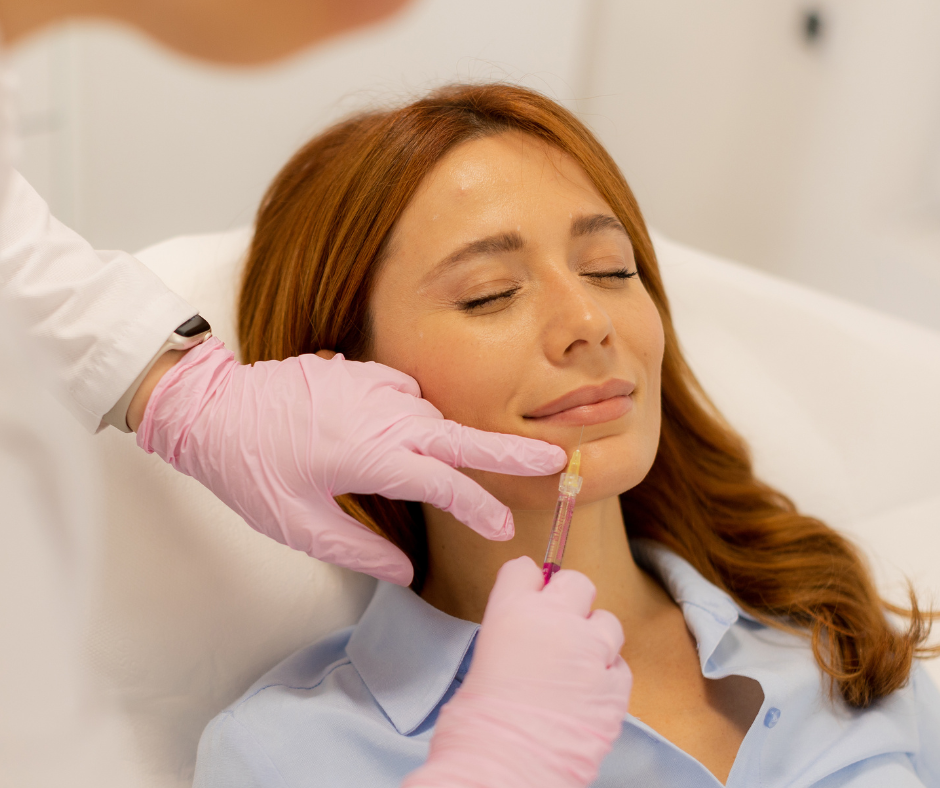
Lip augmentation is one of the most requested non-surgical aesthetic treatments, but it’s also one where precision and expertise matter most. While patients often focus on desired outcomes, fuller lips, enhanced shape, or a more defined cupid’s bow, a crucial question is rarely asked: where not to inject lip fillers? Dr Victoria Das suggests that understanding the anatomy and high-risk zones of the lips is essential to ensuring both safety and aesthetics.
The lips are a highly vascular and dynamic area. Injections that are too deep, too superficial, or placed without regard for individual anatomy can lead to complications such as lumps, asymmetry, excessive swelling, vascular compromise, or unnatural shapes. Proper placement not only affects the cosmetic outcome but also significantly reduces the risk of adverse effects.
Where not to inject lip fillers? Dr Victoria emphasises the most critical areas to avoid include the main arteries and blood vessels within the lips. The superior and inferior labial arteries run through the inner lip tissue, and incorrect placement here may lead to vascular occlusion, a serious complication where blood flow is blocked.
Injections should never be placed too close to the vermilion border in high volume, as this can result in “duck lips” or create a shelf-like projection that distorts the natural contour. The philtrum columns also require careful handling to avoid over-accentuation or an unnatural pout.
Avoiding superficial injections near the skin’s surface is just as important. Overfilling in this area can create visible lumps, the Tyndall effect (a bluish tint under the skin), or poor integration with surrounding tissue.
Safe lip filler treatment always prioritises anatomical knowledge, sterile technique, and individualised planning. The best results come from subtle shaping and volume placed in harmony with the natural structure of the lips, not against it.
Where not to inject lip fillers? Anywhere that risks distortion, damage to blood vessels, or disruption of lip function. Choosing one of our qualified injectors in our clinics, who possess advanced knowledge of facial anatomy, ensures that the result enhances, rather than overwhelms, your natural features.
When injecting lip fillers, it's important to avoid areas near major blood vessels such as the superior and inferior labial arteries. Overfilling the vermilion border or injecting too superficially can also lead to poor cosmetic results, such as lumps or the bluish Tyndall effect. Careful technique is required to avoid creating unnatural shapes or compromising the delicate anatomy of the lips.
Danger zones for lip fillers include the central upper lip, where key arteries run close to the surface, and the philtrum columns, which can be easily overfilled. Injections too close to these areas risk vascular occlusion or distortion of natural lip movement. The lower lip also contains sensitive structures that must be treated conservatively to maintain balance and symmetry.
The riskiest areas for filler injections are those with dense vascular networks or limited collateral circulation. In the lips, this includes the midline and deep plane near the labial arteries. Outside the lips, high-risk zones include the glabella, nose, and tear troughs, where incorrect placement can lead to serious complications such as occlusion or even tissue damage.